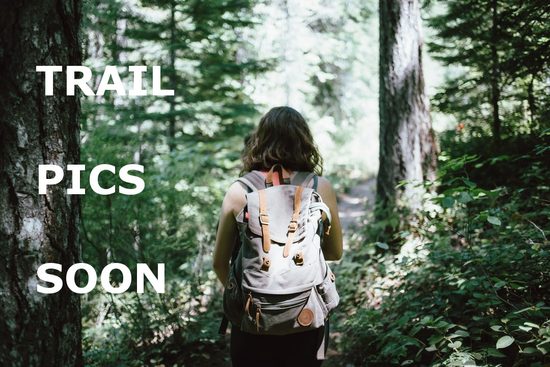
Blue Mountains National Park
Quick Navigation
Blue Mountains National Park is located on the southeastern side of Australia about 50 miles (80 km) west of Sydney. The national park is part of the larger Greater Blue Mountains Area which has been established as a UNESCO World Heritage Site. The park boundaries encompass an area of 1,034.6 square miles (2,679.5 sq km).
The highest elevation is only 3,986 feet (1,215 m) which makes the name of the park seem a little off. The park is comprised of a plateau that has been carved by large rivers cross the region. Mount Werong represents this highest summit with the four largest rivers including Coxs, Grose, Wollangambe, and Wollondilly.
The plateau that accounts for most of the park slopes down from the 3,600 feet (1,100 m) to 660 feet (200 m). The sloping plateau and rivers have created a variety of habitats such as grasslands, swamps, and wetlands with 114 endemic species of plants. Kangaroos are easily seen in the park.
There are six areas in the park which include Katoomba area, Blackheath area, Glenbrook area, Lower Grose Valley area, Mount Wilson area, and the Southern Blue Mountains area. Each offers a different facet of nature and varied picturesque landscapes. Trails are available for exploring each area in more detail.
Because of the proximity to Sydney, the Blue Mountains National Park is the most visited park in New South Wales.
Highlights
Blue Mountains National Park is one of the most popular parks in Australia. This has much to do with the close proximity to Sydney. Mount Werong and the Three Sisters are two of the most prominent landscapes in the park.
Blue Mountains National Park Trails
The Blue Mountains National Park is full of trails with over 110 different trails for discovering and exploring the wilderness of the park. Easy, moderate, and difficult trails are all available.
Park Protection
Blue Mountains National Park was created by the Australian government to ensure that future citizens and global visitors would have access to this exquiste landscape and wilderness. The park also protects the habitat for at least 114 endemic species living amongst the mountains and forests.
Blue Mountains Highlights
- The Blue Mountains and Mount Werong
- Three Sisters rock formation
- Govetts Leap Falls aka Bridal Veil Falls
- Kangaroos
Park Map
Sources
- All Trails, Best Trails in Blue Mountains National Park, https://www.alltrails.com/parks/australia/new-south-wales/blue-mountains-national-park, retrieved June 2020.
- Australia, The Blue Mountains, https://www.australia.com/en-us/places/sydney-and-surrounds/guide-to-the-blue-mountains.html, retrieved September 2019.
- National Parks & Wildlife Services, Blue Mountains National Park, https://www.nationalparks.nsw.gov.au/visit-a-park/parks/blue-mountains-national-park, retrieved June 2020.
- UNESCO, Greater Blue Mountains Area, https://whc.unesco.org/en/list/917/, retrieved September 2019.
- Visit Blue Mountains, Blue Mountains National Park, https://visitbluemountains.com.au/what-to-do/major-attractions?view=venue&venueid=196&catid=24, retrieved September 2019.
- Visit NSW, Blue Mountains National Park, https://www.visitnsw.com/destinations/blue-mountains/blue-mountains-national-park, retrieved September 2019.













